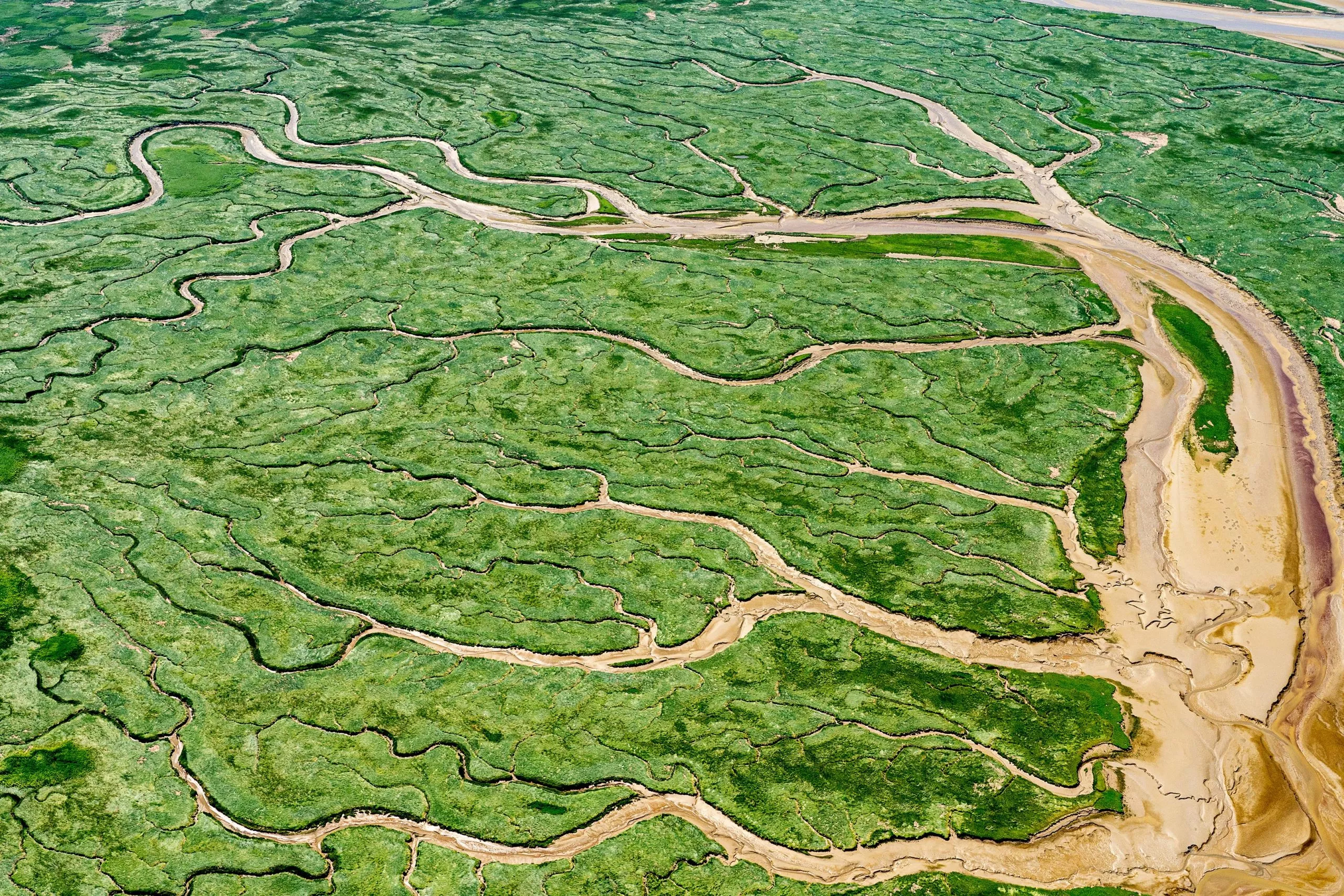Wetlands are the most effective natural storage system for warming carbon dioxide on earth Human activities, such as swamp drainage for agriculture and logging, are increasingly eroding saline and freshwater wetlands. These important areas account for only 1% of the earth's surface, but they store more than 20% of all warming carbon dioxide absorbed by ecosystems around the world. A new study published in the journal Science by a team of Dutch, American and German scientists on May 6, 2022 shows that it is not too late to reverse the losses.

According to the authors of the paper, the key to success is to use innovative restoration practices - identified in the new research paper - to replicate the natural landscape construction process and strengthen the carbon storage potential of the restored wetland, and the whole process is carried out in a huge scope.
"About 1% of the world's wetlands are lost every year due to pollution or due to agriculture, development and other human activities," said Brian R. Silliman, a distinguished professor of marine conservation biology at Duke University's Rachel Carson "Once disturbed, these wetlands release a lot of carbon dioxide from their soil, accounting for 5% of global carbon dioxide emissions every year," Silliman said Hundreds or even thousands of years of stored carbon are exposed to the air and begin to decompose and release greenhouse gases rapidly. The result is an invisible reverse waterfall of carbon dioxide discharged into the atmosphere. Wetlands have changed from carbon sink to carbon source. The good news is that we now know how to restore these wetlands on an unprecedented scale and in a way that can both stop this carbon release and rebuild the carbon storage capacity of wetlands. "
Silliman explained that the reason why most wetlands are so effective in carbon storage is that they are formed and fixed by plants growing close to each other. Their dense aboveground and underground stem and root mats capture nutrient rich debris and protect the soil from erosion or drying - all of which help plants grow better and establish soil layers, locking in more carbon dioxide in the process. In the case of uplifted peat swamps, this process works a little differently. The living peat moss layer on the surface is like a sponge, which accommodates a large amount of rainwater to maintain its own growth, and keeps the thicker dead peat moss layer under it in the water for a long time. This prevents the underlying peat layer (up to 10 meters thick) from drying, decomposing and releasing its stored carbon back into the atmosphere. With the gradual increase of living moss and the increasing amount of carbon stored underground, successful recovery must replicate these processes.
Co authors of the study Tjisse van der Heide of the Royal Institute of Oceanography of the Netherlands and the University of Groningen said: "More than half of the wetland restoration efforts fail because the landscape formation characteristics of plants are not fully considered. He said that it seems logical to arrange seedlings and cuttings in an orderly and equal distance, but it can be counterproductive. When plants are placed in large dense clumps, when their landscape formation characteristics are imitated, or only when very large areas are restored at one time, the restoration work will be more successful."
"Following this guidance will enable us to restore lost wetlands on a larger scale and increase their opportunities to thrive and continue to store carbon and implement other important ecosystem services. The result is that plants win, the earth wins, and we all win," Silliman said
Silliman and van der Heide conducted the new study with scientists from the Royal Institute of Oceanography of the Netherlands, Utrecht University, radburg University, Groningen University, the University of Florida, Duke University and grifswald University.
By combining data on carbon capture from recent scientific studies, they found that oceans and forests hold the most carbon dioxide globally, followed by wetlands.
Ralph Temmink, a researcher at the University of Utrecht, said he was the first author of the study. "But when we studied the amount of carbon dioxide stored per square meter, we found that wetlands store five times more carbon dioxide than forests and 500 times more than oceans."